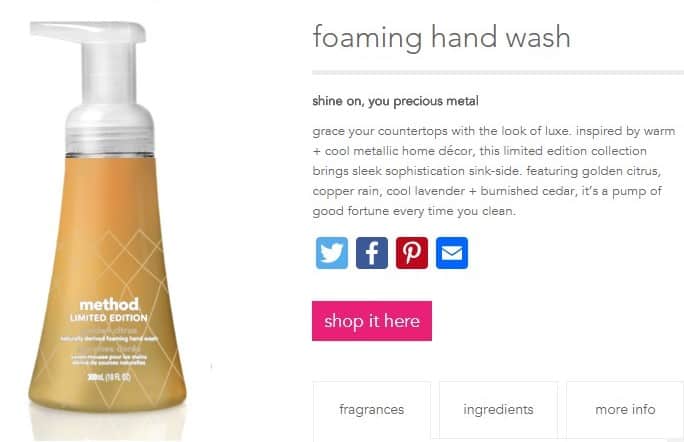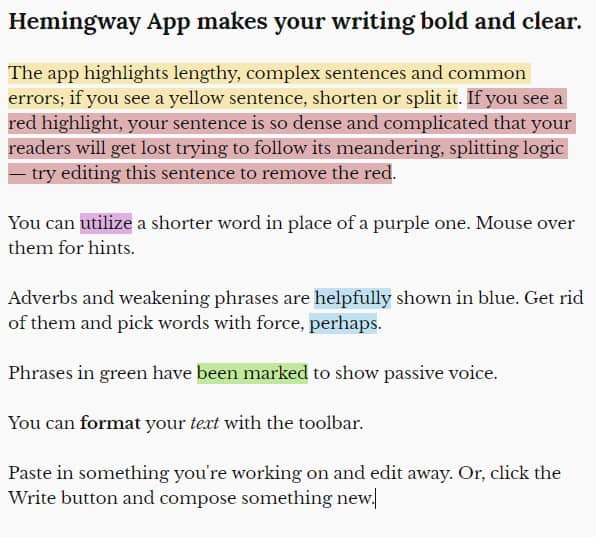Your Guide To Creating A Website People Will Want To Engage With
When you set out to create your website, you’ll probably be dreaming of drawing in web visitors in their thousands.
But how do you manage that without breaking the bank and spending a fortune on marketing? How do you get people to care about what you have to say?
The key to making an engaging website is creating engaging content.
To help you with this, we’ve highlighted some key areas that you’ll need to focus on to make your website as compelling and captivating as it can be.
Avoid complex jargon
When you’re writing about something you’re passionate about, it’s easy to get swept away with it. You know and love your subject, and you know all the jargon that goes with it. But it’s important that you bear your reader in mind when you’re writing, especially if your website’s intention is to educate.
Avoid using complex words and phrases that your reader might not be aware of. Instead, stick to common words or phrases that they might be more familiar with, or explain it in your writing. Alternatively, you could provide a glossary on a separate page to help your readers understand and learn more about your topic.
Be descriptive
Think about something you read recently that really kept you hooked, then compare it with something that bored you to tears. The chances are that the former was full of rich, interesting language, while the latter was pretty lifeless.
No one wants to read reams of stuffy, dull text on a website, so try give your web copy some character. If you’re writing a product description, don’t just state features; elaborate on them and describe how they will benefit the reader. Consider the example below from online soap company Method Home:
Image Method Home
Powerful and evocative adjectives and imagery really paint a picture for the senses, even for a product as simple as hand soap! Don’t be afraid to get a little creative with your descriptions to really engage your readers.
Being descriptive also provides you with more opportunities to weave your keywords into your writing. By breathing life into your web copy with deeper, richer descriptions, you can slip in keywords in a way that’s natural and appropriate.
Keep it simple
While being descriptive is important, you should try to balance it with simplicity. Sentences that are overly complicated or laden with complex words and phrases will distract your readers, putting them off from the get-go.
To really boost your web traffic, try to keep your sentences to no more than two lines, and avoid using niche or uncommon language e.g. using “superfluous” instead of “unnecessary”. If you need some guidance, try the handy Hemingway App.
Image Hemingway App
Simply copy and paste your text into the field provided, and it’ll highlight where you’re going wrong and how you can fix it. No matter how long you’ve been writing for, putting your copy through this handy little tool is well worth doing.
Use your subheaders
As mentioned above, it’s important to keep your writing simple. But it’s not all about your syntax and choice of words. It’s equally important that you keep your writing simple by making it visually readable too. That means breaking it down with subheaders.
Without visual gaps in your copy, it will appear dense and intimidating. This is a surefire way to lose readers. Instead, segment your text into natural parts, divided by subtopic or discussions with h2 and h3 tags. Not only will it appear more readable, but it’s good for your SEO too.
Stick to the topic
When you’re creating your website, it’s important that you don’t deviate from the topic. People are visiting your site for a reason, to seek information, make a purchase or learn something. If you start rambling on about an unrelated subject, you’ll lose your reader immediately.
Keep it tight and stay focused, and continually refer back to your article title. Is it still relevant? Does it relate to your website’s overall purpose? This is one of the most crucial aspects of your blog, as it’s the reason your readers are visiting your site, so be sure to deliver!
Use high-quality visuals for high-quality branding
A picture says a thousand words, so make sure your pictures are always visually pleasing and of a good standard. In 2018, there’s no excuse for having poor quality visuals on your website, so select only the best for yours.
In business, branding is everything, and this is especially true for visual branding. Because high-quality visuals aren’t just for your customers’ sakes.
As an entrepreneur, you should always be looking two steps ahead. So if you have visions of selling your business at a later date, strong visual branding will set you apart from the crowd. The first taste is with the eyes, and a beautiful storefront will enhance your business’s value tenfold. When it comes to your website, only choose high quality and relevant imagery. Using photos or pictures that aren’t related to the aim of your site or store will seem jarring to the user.
To find relevant images, use a stock photo site to find free-to-use photos that match your website’s purpose. Alternatively, you could take your own photos and use a free photo editor like GIMP to touch them up and make them site-ready.
Know your audience
Last but certainly not least: know your audience. This is a huge part of knowing how to blog, and it’s especially important if you’re starting an ecommerce store. This is a common mistake people make when creating a website, but it’s a simple one to avoid.
If your target audience are millennials with an interest in fashion, you need to understand how they speak and what they want to read. If they find an article written in a language they don’t use about something they’re not interested in, they’re going to switch off.
Before you start writing, do your research on your target audience to understand what makes them tick. If you need help with this, consider using Social Animal. Marketing itself as “the Swiss army knife of content marketing”, Social Animal is a content discovery tool that identifies related topics based on keywords.
Image Social Animal
Simply enter the topic you want to write about, and Social Animal will provide you with related articles (and related topics) that are popular in that niche. It’ll help you to understand what your audience is interested in, and can provide you with some fresh content ideas too.
In Summary
If you want your website to really hook your readers in, you need to work on your writing. Keep it interesting and descriptive, but simple and readable too. Know your audience: understand what they want, and give it to them.
Make sure your content is visually readable by using subheaders, keeping it clean and tidy. Get this right, and you’ll see your website’s traffic increase in no time as visitors flock to it to read great, high quality content.









